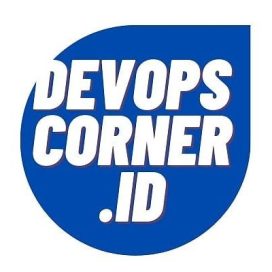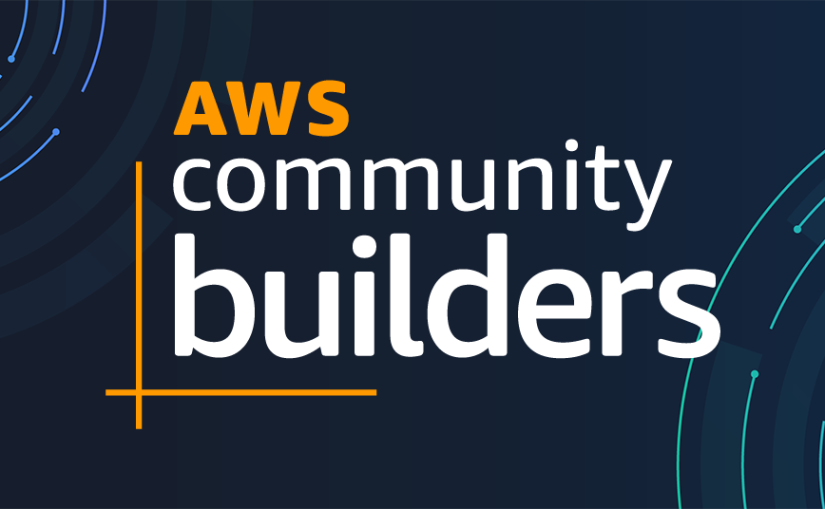Hi There,
In this article, I’d like to share about GitOps (Git Operations) and AWS Developer Tools to provide GitOps workflow.
I will separate our discussion with 3 section articles. This article will focus on GitOps and AWS Developer Tools, later on for 2 section articles in the future will discuss about The IaC (Infrastructure-as-Code) Tools using Terraform and The Implementation of IaC tools for provisioning infrastructure and it’s integration with AWS Developer Tools.
So, let’s go…
As Introduction, I will let you know about:
- Introduction of GitOps
- GitOps Pipeline
- GitOps Workflows in DevSecOps
Introduction of GitOps
The introduction of GitOps (Git Operations) is starting from the term, if we take a look for the terms it self, there was a huge number of definition around the internet. In my opinion, the “GitOps” (Git Operations) is a way to do collaboration -as a team-, provide the operations of DevOps in releasing application, including version control, ci/cd and provisioning in modern cloud infrastructure.
Why we need GitOps?
Nowadays, thousands of delivering application took place in mobile platform. There was also numerous complexity of the application running background in web application. This application whether it’s running Web only or even in Mobile, had been built in more than a single programming language and more than a single layer of infrastructure architecture.
The more complex from the application, it will take more complex also in development & deployment process. In the GitOps workflow, collaboration team to work in sequence process is a part of DevOps culture, starting from versioning control of the source code, pull request (PR), pairing view code, approval process, delivering source code until testing in deployment environment.
This collaboration team also needed as a pair team to reproduce the steps or even to mitigate the errors that will come in the future.
GitOps Pipeline

When we look at the ideal process of delivering a service from source code to provisioning the environment, there are a number of stages and processes involved.
In this Diagram-1 for example, you can see how the GitOps pipeline works in a deployment container application. The developers carry out development inside an isolated environment using AWS Cloud9 as an IDE, and they use AWS Developer tools to run build, test and deploy the services in the GitOps flow.
At the beginning, source codes will be pushed into AWS CodeCommit to make a PR (Pull Requests) step, this will also trigger AWS CodeBuild services to run inspection code for the code quality & code security check. If the PR is approved, it will run the pipeline to build the container image that will be registered inside Amazon ECR as a container registry.
The building image will be identified with tagging or commit hash that will also be pulled by AWS CodeBuild as references and delivered to the staging environment. Meanwhile for the production environment, approval will be needed before deployment process.
GitOps Workflows in DevSecOps
If we integrate the security pipeline (as shown in Diagram-2), it will have 2 additional stages – SAST & DAST. The Static Application Security Testing (SAST) including Security Configuration Assessment (SCA) will run before the deployment of the staging environment. The Dynamic Application Security Testing (DAST) will inspect and test the staging environment deployment before it is moved to the production environment.

This DAST will use a standard application that comes from OWASP (The Open Web Application Security Project).
How to Choose The Best Pipeline?
Again, my answer is depend, in how complexity your application layer and what kind of infrastructure do you plan to deploy.
In my opinion, if you need to deploy a static application that doesn’t need a complex database and integration, i will choose in the first diagram. But if the application layer will took place some of integration, such as 3rd party authorization, caching the assets (javascript, css, etc), session token, etc i will choose the second diagram as an ideal approach.
So, I hope this article bring you the knowledge about The GitOps and their workflow. We will see you again in other article for implementation GitOps flow with IaC Tools.
See you,
— DFDenni —
#aws #awscloud #awscommunitybuilders #awsdevelopertools #devopscorner


You must be logged in to post a comment.